所有图片(2)
别名:
N6-((1-(6-Nitrobenzo[d][1,3]dioxol-5-yl)ethoxy)carbonyl)-L-lysine, Light-triggered decaging Lys, Photo-controlled amino acid, Photocaged amino acid, Photocleavable lysine derivative, mNPK
经验公式(希尔记法):
C16H21N3O8
推荐产品
应用
Methyl-o-nitropiperonyllysine (mNPK) trifluoroacetic acid is a photo-responsive unnatural amino acid (UAA) for spatiotemporal control of biological molecules or processes as reported by Kneuttinger et al. Irradiation with UV light decages the Lys amino acid, freeing the residue or protein for biological activity. Tools such as mNPK will find wide utility in light regulation of activity, allostery, and enzyme pathways.
Product can be used with our line of photoreactors: Including Penn PhD (Z744035) & SynLED 2.0 (Z744080)
Product can be used with our line of photoreactors: Including Penn PhD (Z744035) & SynLED 2.0 (Z744080)
其他说明
Light Regulation of Enzyme Allostery through Photoresponsive Unnatural Amino Acids
Precise Photoremovable Perturbation of a Virus-Host Interaction
Genetic code expansion in the mouse brain
Genetically encoded optical activation of DNA recombination in human cells
Bioorthogonal Chemical Activation of Kinases in Living Systems
Precise Photoremovable Perturbation of a Virus-Host Interaction
Genetic code expansion in the mouse brain
Genetically encoded optical activation of DNA recombination in human cells
Bioorthogonal Chemical Activation of Kinases in Living Systems
WGK
WGK 3
闪点(°F)
Not applicable
闪点(°C)
Not applicable
Arnaud Gautier et al.
Journal of the American Chemical Society, 133(7), 2124-2127 (2011-01-29)
We report a general strategy for creating protein kinases in mammalian cells that are poised for very rapid activation by light. By photoactivating a caged version of MEK1, we demonstrate the specific, rapid, and receptor independent activation of an artificial
Olivia S Walker et al.
Journal of the American Chemical Society, 138(3), 718-721 (2016-01-14)
Isocitrate dehydrogenase is mutated at a key active site arginine residue (Arg172 in IDH2) in many cancers, leading to the synthesis of the oncometabolite (R)-2-hydroxyglutarate (2HG). To investigate the early events following acquisition of this mutation in mammalian cells we
James Hemphill et al.
Journal of the American Chemical Society, 135(36), 13433-13439 (2013-08-13)
Photocaging provides a method to spatially and temporally control biological function and gene expression with high resolution. Proteins can be photochemically controlled through the site-specific installation of caging groups on amino acid side chains that are essential for protein function.
Arnaud Gautier et al.
Journal of the American Chemical Society, 132(12), 4086-4088 (2010-03-12)
Precise photochemical control of protein function can be achieved through the site-specific introduction of caging groups. Chemical and enzymatic methods, including in vitro translation and chemical ligation, have been used to photocage proteins in vitro. These methods have been extended
Sarah B Erickson et al.
Angewandte Chemie (International ed. in English), 56(15), 4234-4237 (2017-03-16)
Viruses utilize distinct binding interactions with a variety of host factors to gain entry into host cells. A chemical strategy is described to precisely perturb a specific molecular interaction between adeno-associated virus and its host cell, which can be rapidly
我们的科学家团队拥有各种研究领域经验,包括生命科学、材料科学、化学合成、色谱、分析及许多其他领域.
联系技术服务部门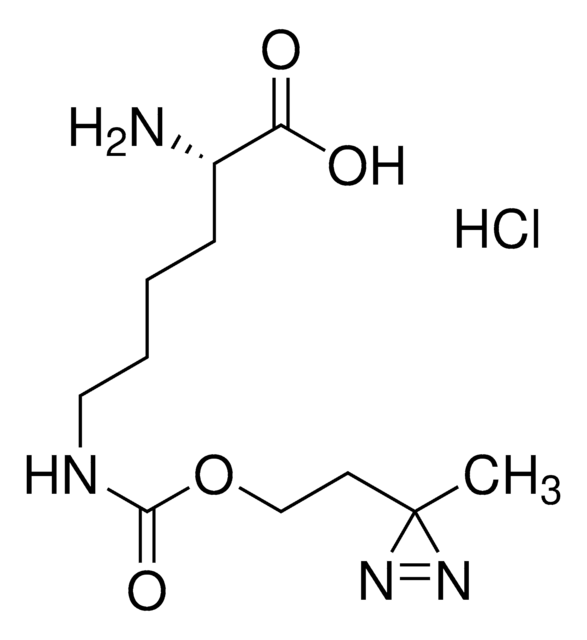
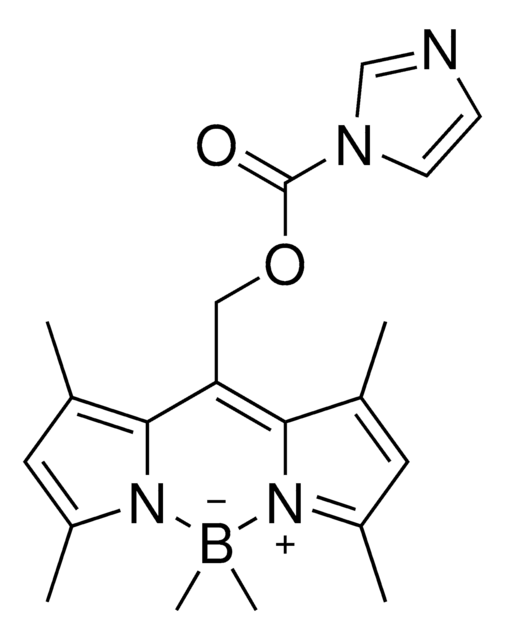
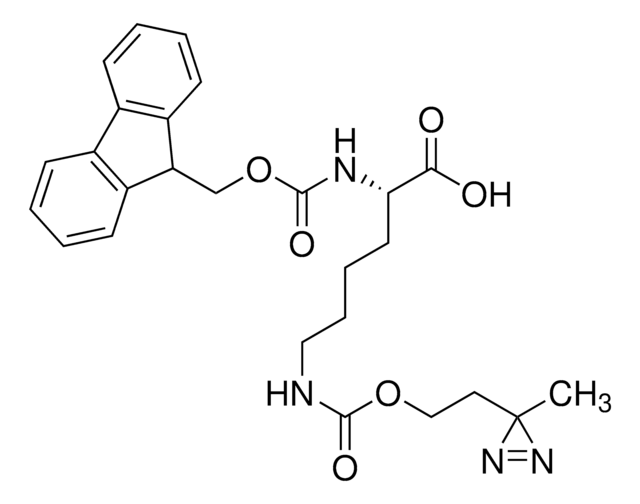
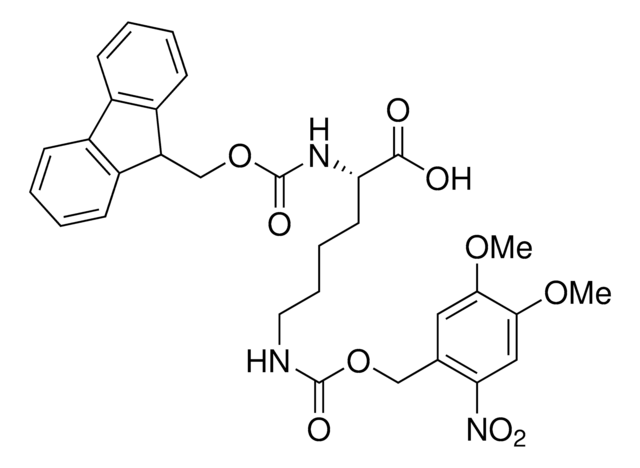
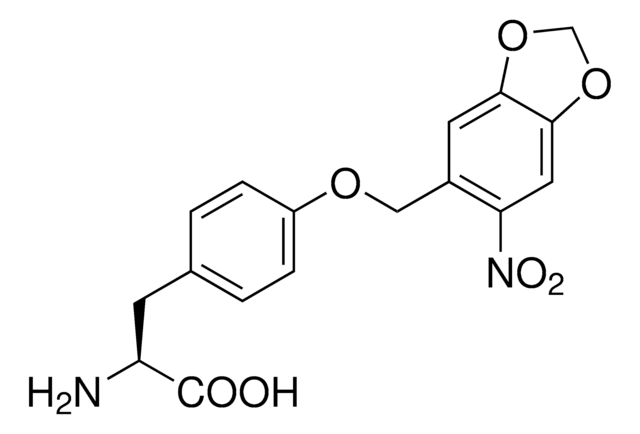
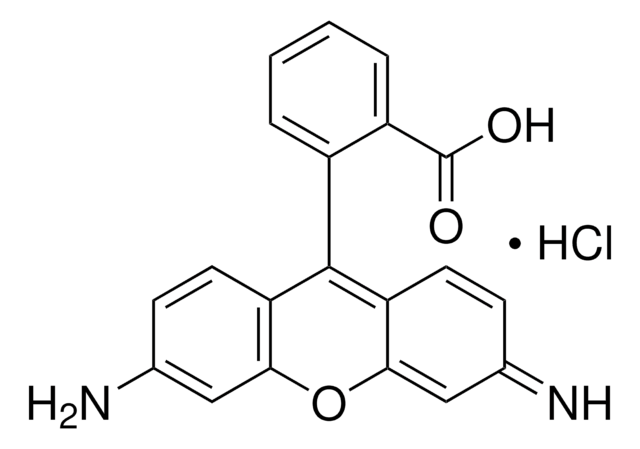
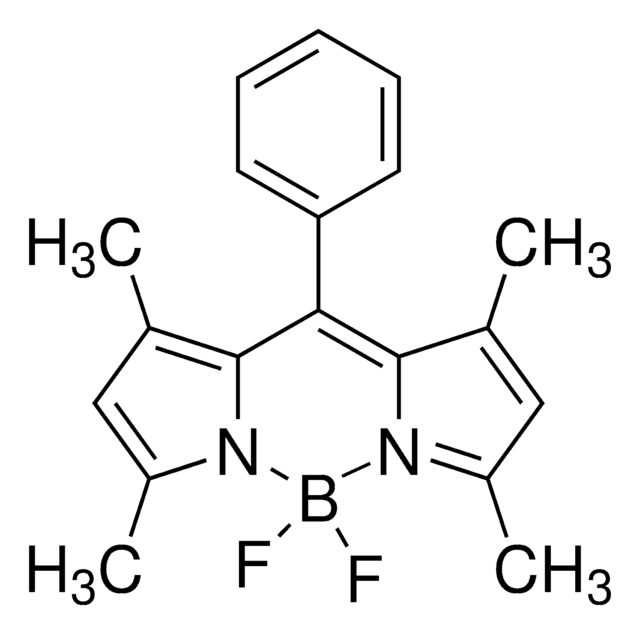
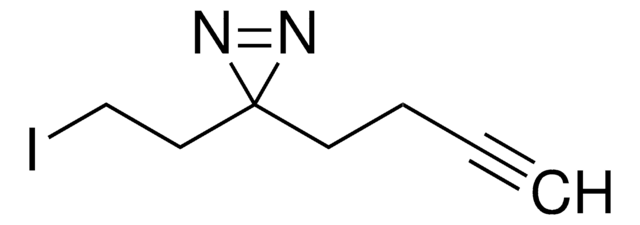
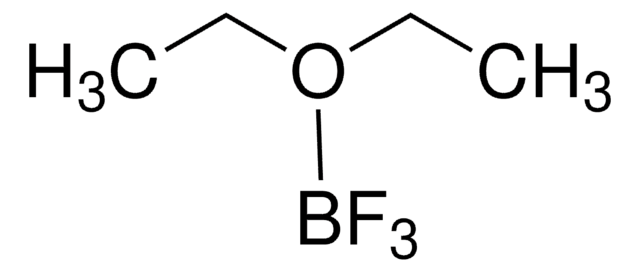
![二氟 {2-[1-(3,5-二甲基-2 H -吡咯-2-亚基- N )乙基]-3,5-二甲基-1 H -吡咯并- N } 硼 99% (HPLC)](/deepweb/assets/sigmaaldrich/product/structures/196/394/4c2c0eae-f749-44bf-a37b-84bf0226092e/640/4c2c0eae-f749-44bf-a37b-84bf0226092e.png)